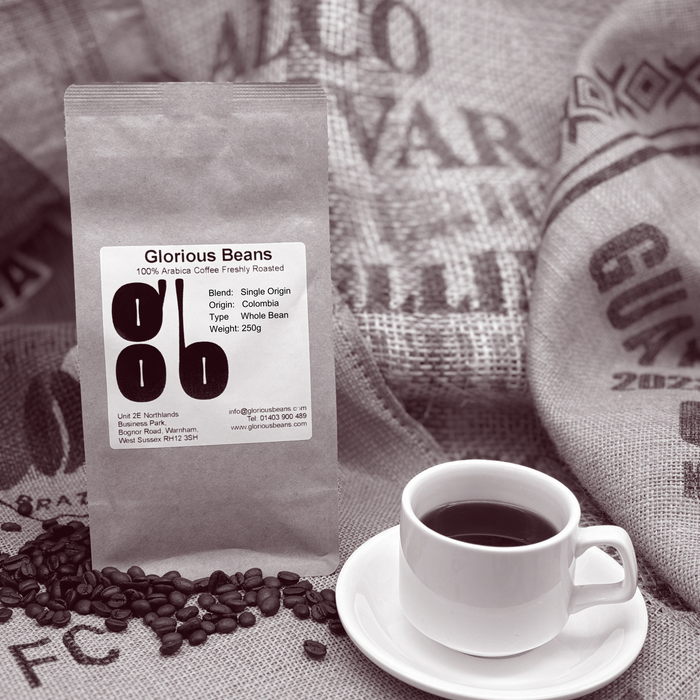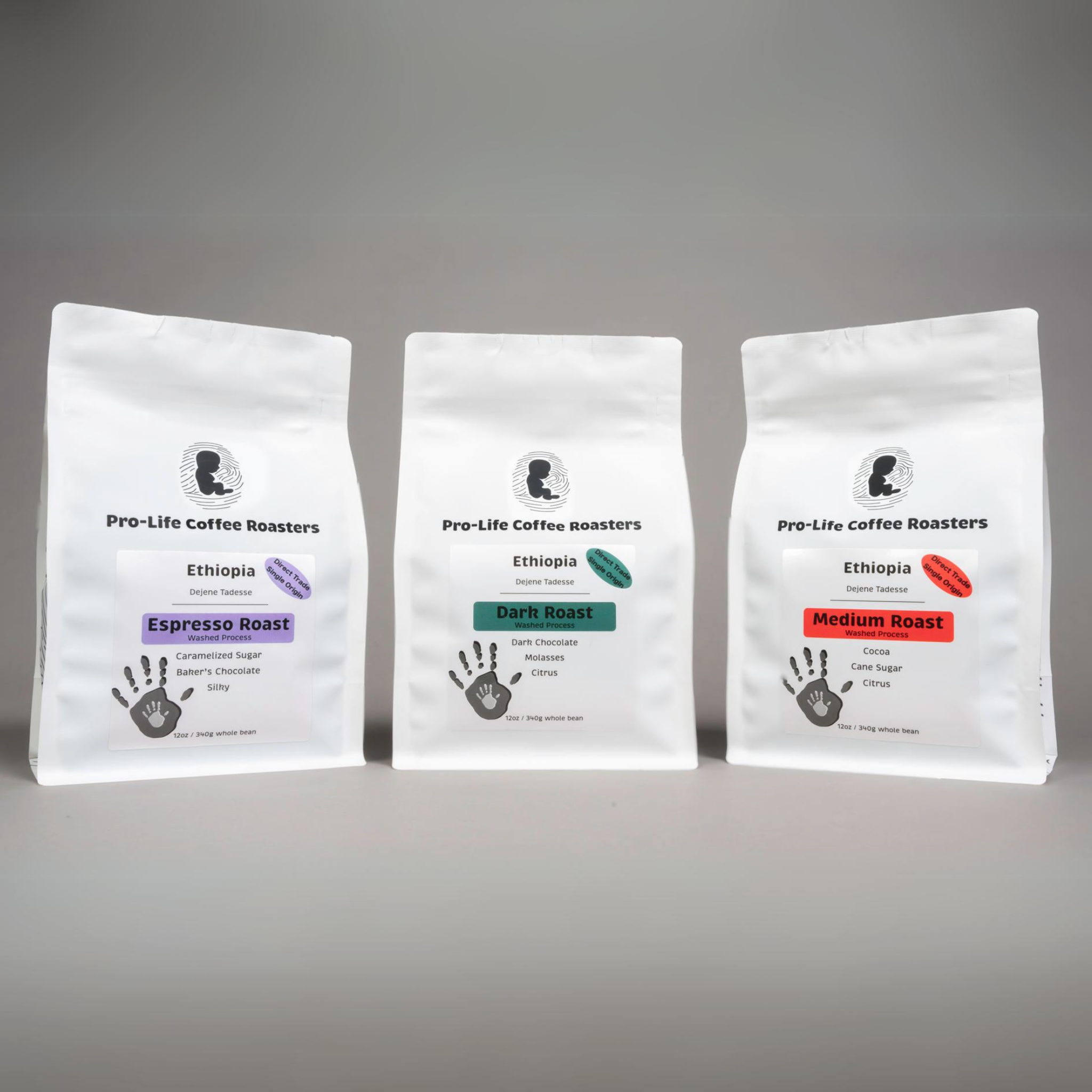Explore the Rich Flavor Profile of SOE Single Origin Espresso Today
Explore the Rich Flavor Profile of SOE Single Origin Espresso Today
Blog Article
Coffee Beans 101: Everything You Required to Find Out About Coffee and Blended Coffee Beans
When it comes to coffee, comprehending the subtleties of espresso and mixed beans can change your day-to-day cup. From the growing process to toasting methods, every step plays a role in your coffee experience.
Understanding Coffee Beans: Selections and kinds
When diving right into the world of coffee, recognizing the kinds and ranges of coffee beans is essential for every lover. You'll mostly encounter two main types: Arabica and Robusta. Arabica beans are recognized for their smooth, complex tastes and reduced high levels of caffeine material, making them a preferred among coffee fanatics. On the various other hand, Robusta beans pack a punch with a more powerful, a lot more bitter preference and higher caffeine levels, commonly used in espresso blends.
Within these types, you'll find different local varieties, each bringing unique features. As an example, Ethiopian Yirgacheffe offers intense floral notes, while Colombian beans provide a healthy taste account. As you check out, keep in mind to focus on handling approaches like washed or natural, as they can considerably influence the last preference. By familiarizing yourself with these beans and their tastes, you'll boost your coffee experience and make even more informed options in your developing journey.
The Expanding Process: From Seed to Bean
When you check out the journey of coffee, everything starts with seed selection methods that establish the foundation for top quality. From there, farming and harvesting play crucial duties in ensuring the beans flourish. Handling methods change those collected cherries right into the coffee beans you like.
Seed Choice Strategies
Picking the appropriate seeds is vital for generating top quality coffee beans, as it lays the foundation for the entire expanding process. You need to begin by choosing seeds from reliable sources that focus on quality and hereditary diversity. Seek selections known to prosper in your details environment and soil problems. Take notice of the seed's age and storage conditions, as fresh seeds often tend to sprout better. When feasible, choose natural seeds to lessen direct exposure to dangerous chemicals. Think about the condition resistance of various varieties, as this can significantly impact your return. Lastly, don't hesitate to consult with regional farmers or specialists to acquire understandings right into the most effective seed choices for your region. This knowledge will boost your coffee-growing experience.
Cultivation and Harvesting
As you nurture your coffee seeds right into flourishing plants, understanding the cultivation and harvesting process is important for achieving the most effective taste and quality. Begin by planting your seeds in well-draining soil, ideally in a shaded area to shield them from straight sunshine. As your plants expand, keep constant wetness, and be mindful of their demand for nutrients. Trim consistently to promote air flow and healthy development.
When it comes time to harvest, look for ripe cherries, which typically transform a vibrant red. Hand-picking is usually the very best method to ensure only the ripest cherries are selected. Timing is essential; gathering prematurely or far too late can impact the flavor account of your beans. Accept perseverance and treatment, as this is where high quality begins.

Processing Methods Described
Once you've gathered your coffee cherries, the following essential step is processing them to change those vivid fruits right into the beans you'll brew. There are two main techniques: the wet procedure and the completely dry process. In the completely dry process, you spread the cherries out in the sun to dry, enabling the fruit to ferment and present unique flavors to the beans. On the other hand, the wet process entails getting rid of the fruit right away and fermenting the beans in water, leading to a cleaner preference. After handling, the beans are hulled, arranged, and normally dried out once again. Each technique impacts the taste account, so trying out with both can assist you find your favored mixture. Recognizing these approaches is essential to appreciating your coffee experience.
Roasting Strategies: Just How Flavor Is Developed
When it comes to toasting coffee beans, comprehending roast levels is crucial to exposing their unique tastes. Each toasting method impacts the aroma and enhances the taste growth process, providing you a richer coffee experience. Let's discover just how these variables collaborated to elevate your everyday mixture.
Roast Degrees Discussed
Roast degrees play an important function in forming the flavor account of your coffee. By comprehending these levels, you can much better select a coffee that matches your preference preferences. Experiment with different roasts to uncover which one resonates with you, boosting your overall coffee experience and pleasure.
Effect On Aroma
The roast level not only influences the preference of your coffee but likewise substantially affects its scent. Each toasting technique launches different unstable substances, shaping just how your coffee smells. In addition, the freshness of the beans plays a critical duty; newly baked coffee launches much more aromatic oils, improving that luring fragrance.
Taste Growth Refine
As you check out the flavor development process, you'll discover that toasting strategies play an essential role in forming the preference account of your coffee. The roasting temperature and time straight affect the level of acidity, sweet taste, and bitterness of the beans. Light roasts preserve even more of the bean's initial flavors, highlighting fruity and floral notes. Medium roasts equilibrium acidity and body, offering a well-rounded taste. Dark roasts, on the other hand, bring out bold, great smoky characteristics while diminishing the bean's fundamental top qualities. Throughout toasting, chemical responses, like the Maillard response and caramelization, transform the beans and enhance their intricacy. Trying out with various roasting levels can help you find your best brew, so do not think twice to taste and find the abundant spectrum of flavors!
Espresso vs. Blended Coffee: Trick Distinctions
Espresso and mixed coffee each deal one-of-a-kind experiences that provide to various preferences and choices. Espresso is a concentrated coffee brewed forcibly warm water with finely-ground coffee beans, leading to a rich, vibrant taste and a velvety layer of crema on the top. It's often taken pleasure in as a shot or made use of as a base for drinks like cappuccinos and cappucinos.
On the various other hand, combined coffee combines different beans from various regions, creating a more well balanced taste account. You'll often discover blends that highlight body, sweet taste, or level of acidity, making them flexible for different developing methods. While coffee concentrates on strength, blended coffee might provide a wider variety of flavors that can change with each sip.
Ultimately, your selection between coffee and blended coffee come down to your individual choice. Whether you crave a fast jolt or a leisurely mug, both options have something tasty to provide.

Developing Approaches: Opening the Perfect Mug
When it involves developing coffee, discovering the right technique can change your experience and boost your mug. Each brewing method has its unique appeal and can considerably affect your coffee's taste and aroma. For instance, using a French press allows you to enjoy a abundant and full-bodied mixture, while a pour-over method gives a tidy, brilliant mug with unique tastes.
If you favor coffee, purchasing a high quality maker can assist you understand the art of pulling shots. For comfort, a single-serve covering system supplies speed without sacrificing preference.
Do not fail to remember about cold brew, which delivers a smooth, less acidic coffee perfect for click this hot days. Experiment with various techniques to uncover what i thought about this reverberates with your taste.
Tasting Notes: Determining Taste Profiles
Exactly how can you truly appreciate your coffee if you don't understand what flavors to search for? Sampling notes are your overview to understanding the complicated world of coffee. When you sip, take notice of the preliminary flavors that hit your taste. You could spot fruity notes, like berry or citrus, or possibly a nutty undertone. As you proceed to taste, see exactly how the tastes develop-- this is called the "finish." Some coffees might leave a chocolatey or caramel aftertaste, while others may have an intense, tidy coating.
Consider the body of the coffee, too; is it light and airy or thick and syrupy? Do not forget acidity; a bright acidity can add vigor, while a reduced acidity might provide a smoother experience. By identifying these taste accounts, you'll grow your link with each mug, making coffee sampling a wonderful trip of exploration.

Tips for Selecting and Storage Coffee Beans
Storing and picking coffee beans effectively can significantly improve your developing experience. Begin by selecting high-quality beans that match your taste - SOE.
Once you have your beans, save them in an impermeable container to avoid direct exposure to light, moisture, and air. A dark, cool area functions best, so avoid maintaining them in the fridge or fridge freezer, as this can introduce dampness. Only grind the amount you need to maintain freshness; whole beans retain flavor longer than pre-ground coffee.
Finally, attempt to use your beans within 2 to 4 weeks after opening up for peak taste. Adhering to these suggestions will certainly guarantee your coffee remains enjoyable and tasty, raising your everyday brew to new heights.
Frequently Asked Inquiries
The Length Of Time Do Coffee Beans Remain Fresh After Roasting?
Coffee beans remain fresh for concerning 2 weeks after roasting - SOE. You should store them in an impermeable container, far from light and dampness. After that, their flavor and fragrance begin to lessen considerably

Can I Mix Different Coffee Bean Varieties?
Absolutely, you can blend various coffee bean ranges! Trying out blends can enhance tastes and develop a special preference account. Just ensure to balance the strengths and attributes of each range for the best results.
What Is the Ideal Grind Size for Espresso?
For coffee, you'll want a fine work size, regarding the appearance of common salt. This permits ideal removal, causing an abundant, delicious shot. Experiment a little bit to locate what matches your taste best!
Just How Does Elevation Affect Coffee Bean Flavor?
Elevation influences coffee bean flavor by affecting the development rate and chemical make-up. Greater elevations cause slower growth, which boosts level of acidity and complexity, offering your coffee a vivid and special preference you won't neglect.
Are There Decaffeinated Variations of Espresso Beans?
Yes, there are decaffeinated versions of coffee beans. You can appreciate a rich espresso taste without the caffeine kick. Simply look for "decaf" blends at your local coffee shop or specialized store.
Coffee Beans 101: Everything You Need to Know Regarding Espresso and Blended Coffee Beans.
When diving into the world of coffee, recognizing the kinds and ranges of coffee beans is crucial for every enthusiast.When it comes to roasting coffee beans, recognizing roast degrees is key to disclosing their special tastes. Espresso is a focused coffee brewed by compeling hot water through finely-ground coffee beans, resulting in a rich, strong taste and a creamy layer of crema websites on top.On the various other hand, blended coffee integrates numerous beans from different areas, creating a more balanced taste account.
Report this page